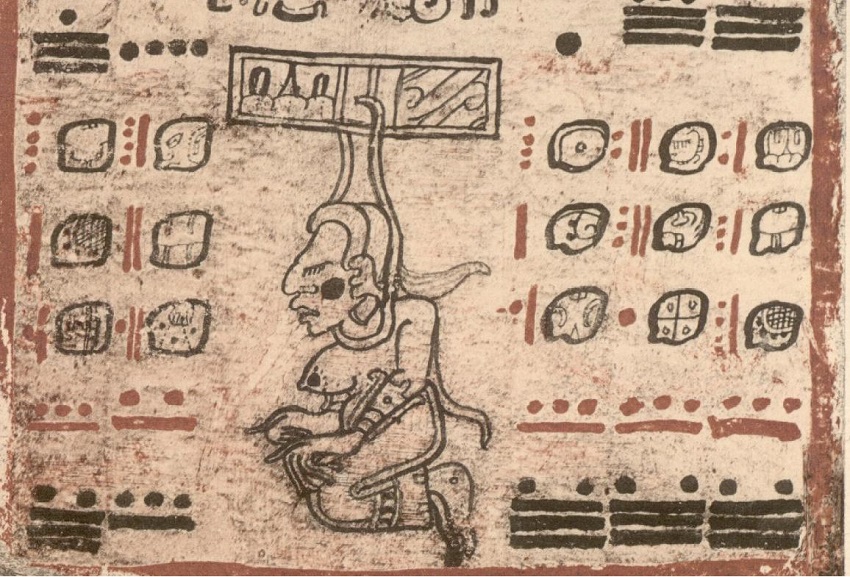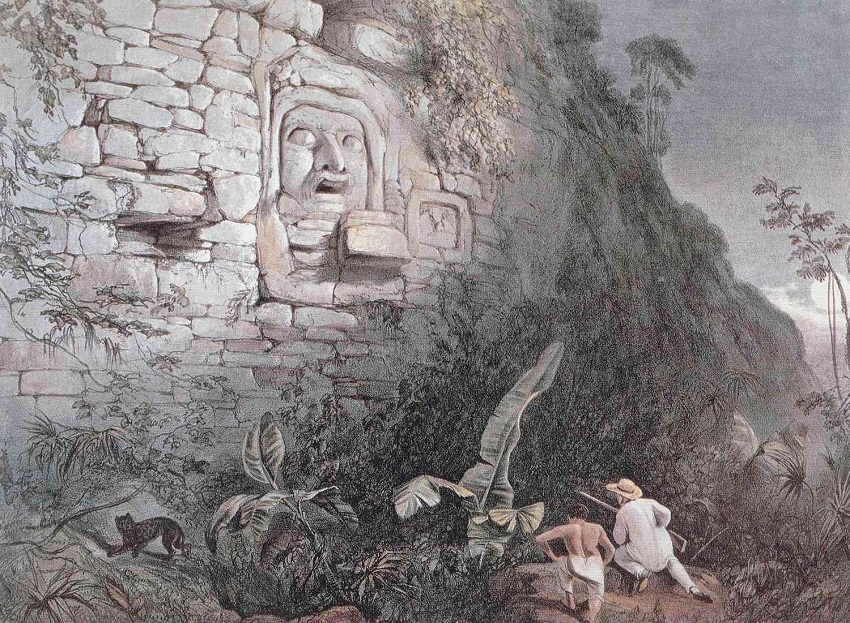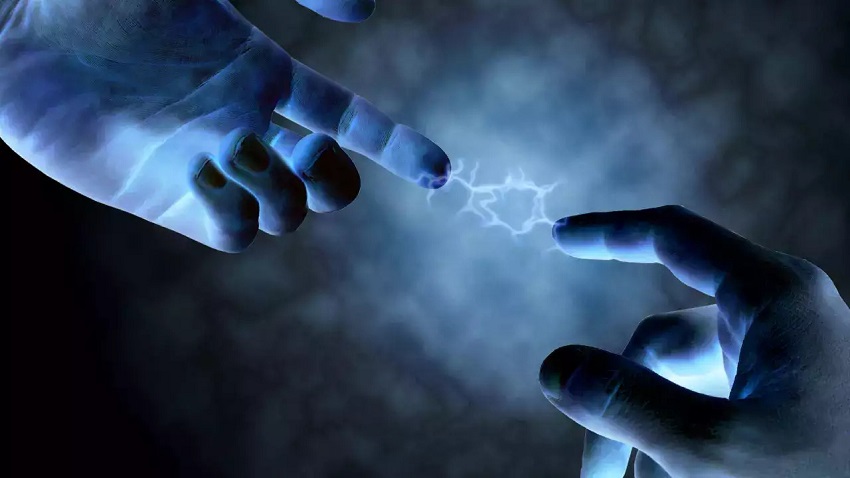The Mayan civilization, known for its rich cultural and historical heritage, worshipped a pantheon of gods that played significant roles in their religious beliefs and daily lives. These deities, numbering nine in total, held immense power and influence within Mayan society. In this article, we will delve into the fascinating world of the Mayan gods, exploring their characteristics, roles, and significance within the Mayan civilization. This content is presented by https://www.heartandstylewoman.com/
Introduction to Mayan Gods
The Mayan gods were an essential part of the Mayan religious system. They were believed to control various aspects of life, ranging from agriculture and fertility to war and death. The Mayans worshipped these gods through rituals, ceremonies, and sacrifices, seeking their favor and protection. Understanding the Mayan gods provides valuable insights into the culture, beliefs, and values of this ancient civilization.
1. Itzamná – The Creator God
Itzamná was considered the supreme god of the Mayan pantheon, associated with creation, wisdom, and time. He was often depicted as an elderly man with a long beard and a serpent headdress. Itzamná played a crucial role in the creation of the world and was revered as the father of all gods of the Mayans.
2. Ixchel – The Moon Goddess
Ixchel was the goddess of the moon, fertility, and medicine. She was often portrayed as a young woman wearing a headdress adorned with a crescent moon. Ixchel was highly respected and invoked by Mayan women seeking fertility, safe childbirth, and overall well-being.
3. Chaac – The Rain God
Chaac was the god of rain, essential for agriculture and the prosperity of the Mayan people. Depicted as a man with reptilian features and fangs, Chaac controlled the life-giving rains and was responsible for ensuring bountiful harvests. The Mayans performed rituals and ceremonies to appease Chaac and secure his blessings.
4. Ah Puch – The God of Death
Ah Puch ruled over Xibalba, the Mayan underworld. Often depicted as a skeletal figure, he was associated with death, decay, and disease. Ah Puch played a significant role in the Mayan belief system, and the Mayans held various rituals and ceremonies to honor and appease him.
5. Kukulkan – The Feathered Serpent God
Kukulkan, also known as Quetzalcoatl, was a prominent deity in Mayan and Aztec mythology. He represented wisdom, knowledge, and the power of transformation. Depicted as a feathered serpent, Kukulkan was highly revered and worshipped by the Mayan people.
6. Ixtab – The Goddess of Suicide
Ixtab was the goddess of suicide, guiding those who died by their own hands to the afterlife. She was portrayed as a young woman with a rope around her neck. While suicide was a complex subject in Mayan culture, Ixtab played a crucial role in providing solace and guidance to those who met such a fate.
7. Hunab Ku – The Supreme Creator
Hunab Ku, often referred to as the “One God,” was the ultimate divine force and the source of all creation. While not extensively worshipped in everyday rituals, the concept of Hunab Ku held profound spiritual significance for the Mayan people.
8. Ek Chuah – The God of Commerce
Ek Chuah was the god of commerce, trade, and cacao, a valuable commodity in Mayan society. He was depicted as a young man with black eyes and carried a merchant’s bundle. The Mayans sought the blessings of Ek Chuah for successful trade and economic prosperity.
9. Yum Kaax – The God of Agriculture
Yum Kaax was the god of agriculture and the protector of crops and harvests. The Mayan people revered Yum Kaax, recognizing the importance of agriculture for their survival. Offerings and rituals were performed to ensure abundant harvests and the overall well-being of agricultural communities.
Conclusion
The Mayan gods held immense significance in the lives of the Mayan people, influencing various aspects of their existence. From creation to fertility, from rain to death, each god played a unique role within the Mayan pantheon. The worship and reverence for these deities shaped the cultural, spiritual, and social fabric of the Mayan civilization.
As we explore the diverse array of Mayan gods, we gain a deeper understanding of the beliefs and values that guided this ancient civilization. The complex tapestry of Mayan mythology and religion continues to captivate and intrigue scholars and enthusiasts alike, preserving the legacy of the Mayan gods for generations to come.
FAQs
- Did the Mayans believe in one supreme god?
While the Mayans recognized Itzamná as the supreme god, their religious beliefs encompassed a pantheon of deities with distinct roles and attributes.
- What rituals were performed to honor the Mayan gods?
The Mayans performed various rituals, including ceremonies, dances, and sacrifices, to honor and appease the gods. These rituals aimed to seek their blessings, protection, and goodwill.
- How did the Mayan gods influence everyday life?
The Mayan gods influenced many aspects of daily life, such as agriculture, trade, fertility, and death. The Mayans sought their favor to ensure prosperous harvests, successful trade, and overall well-being.
- Are there any surviving temples dedicated to the Mayan gods?
Yes, there are surviving temples and archaeological sites that were dedicated to the worship of the Mayan gods. Some notable examples include the Temple of the Cross in Palenque and the Temple of the Descending God in Tulum.
- What happened to the Mayan gods after the decline of the Mayan civilization?
With the decline of the Mayan civilization, the worship of the gods waned. However, the influence of Mayan mythology and religious beliefs can still be seen in contemporary Mayan communities and their cultural practices.





